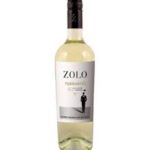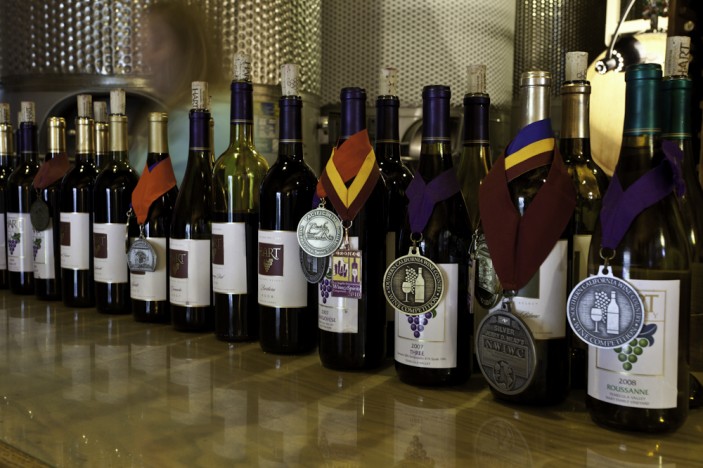 Haven’t heard of wine on tap? If so, you’re not alone. The concept is still foreign to the average beverage connoisseur.
Haven’t heard of wine on tap? If so, you’re not alone. The concept is still foreign to the average beverage connoisseur.
In fact, if most people were to walk into their favorite bar or restaurant and notice their wine was being served through a tube, they would do a double-take. However, an increasing number of luxury restaurants and bars across the U.S. are jumping on the trend, and for good reason: Wine on tap is eco-friendly, cost-effective, and maintains the flavor and integrity of the wine to a pitch-perfect degree.
Four Essential Elements of Serving Excellent Wine on Tap
If you’re considering this trend, keep the following elements in mind:
1. Storage Temperature
The storage temperature of your kegged wine should be about 55 degrees fahrenheit, with a minimum temperature of 40 degrees F and a maximum up 75 degrees F. Since the keg is less susceptible to variations in temperature and the high volume of the liquid can withstand temperature fluctuations, the range here is a bit larger than the range for traditionally stored wine. The same storage temperature applies for both red and white wines.
2. Serving Temperature
There’s a pretty major difference between the serving temperature of white wine on tap versus red. Reds can be served at temperatures ranging from 55 to 65 degrees fahrenheit. For wine wines, aim for a chilly 40 to 45 degrees fahrenheit.
3. Gas Type
Although you can use either nitrogen or argon for wine on tap, most people recommend nitrogen. The ideal blend is about 75% nitrogen and 25% carbon dioxide, and it also happens to be readily available. Guinness, a staple in many restaurants and bars, uses this blend too.
4. Equipment
A high-grade stainless steel dispenser (304 or better) is imperative, since a lower grade will taint the flavor of the wine. Fortunately, since stainless steel is an increasingly popular choice from fermentation to storage, finding the right dispenser for your wine on tap is easier than ever. For your tubing, consider Barriermaster Flavourlock, which prevents oxygen permeation and therefore changes in flavor.
—Meg Northrup is a writer and wine connoisseur who works for Micromatic.com, a leader in the wine on tap trend






